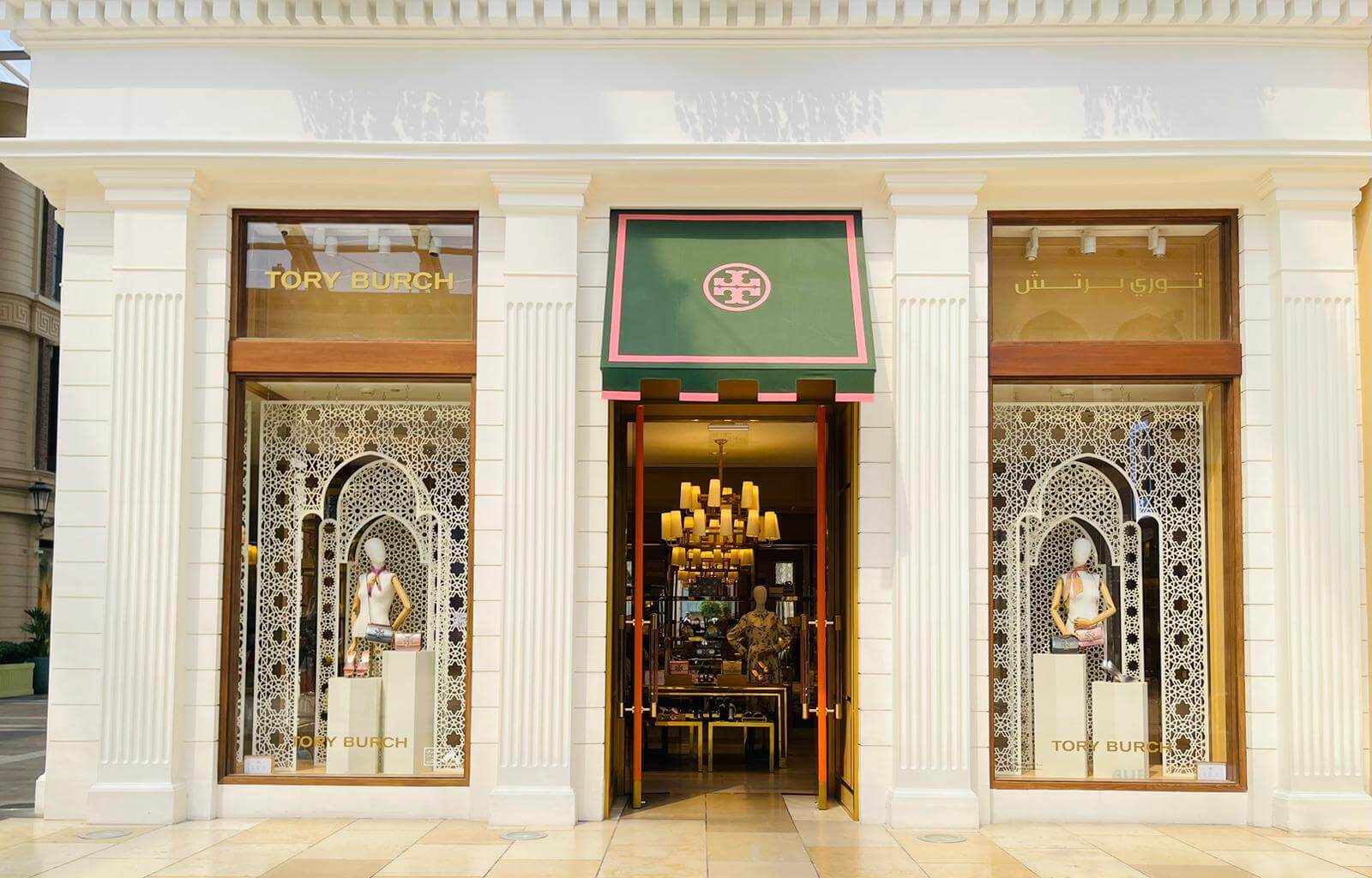Dubai has emerged as one of the most technologically advanced cities in the world, constantly pushing boundaries in architecture, engineering, and manufacturing. Among the many innovations driving its growth, 3D modeling and 3D printing technologies have become crucial pillars of Dubai’s industrial transformation. As part of the UAE’s Vision 2030 and Dubai 3D Printing Strategy, the city is actively integrating digital design and advanced manufacturing techniques to enhance productivity, reduce costs, and promote sustainable development.
In this article, we’ll explore how 3D modeling plays a vital role in Dubai’s manufacturing sector, from design and prototyping to full-scale production, and why it is key to the city’s industrial evolution.
1. Understanding the Power of 3D Modeling
3D modeling refers to the process of creating a digital, three-dimensional representation of an object using specialized computer software. These digital models serve as the foundation for 3D printing, product simulations, and even virtual testing.
In Dubai’s manufacturing sector, 3D modeling bridges the gap between imagination and reality. It allows engineers, architects, and product designers to visualize complex ideas, make adjustments before production, and ensure precision in the final output. With the integration of technologies like CAD (Computer-Aided Design) and CAM (Computer-Aided Manufacturing), Dubai’s industries can now move from concept to production in a fraction of the time traditional methods required.
2. Accelerating Prototyping and Product Development
One of the most significant contributions of 3D modeling to Dubai’s manufacturing ecosystem is rapid prototyping. In traditional manufacturing, creating prototypes often required expensive molds and long production timelines. However, with 3D modeling and printing, manufacturers can design, modify, and produce prototypes within days.
This speed allows Dubai-based companies to test multiple design iterations quickly, improving product quality and innovation. Whether it’s a custom automotive component, a medical device, or a construction prototype, 3D modeling enables manufacturers to evaluate performance and make data-driven design improvements without heavy investment.
3. Enhancing Precision and Quality Control
Dubai’s manufacturing industry thrives on precision — especially in sectors like aerospace, healthcare, and engineering. With advanced 3D modeling tools, manufacturers can simulate the mechanical, thermal, and physical properties of products before they are produced.
For example, aerospace parts can be digitally tested under real-world conditions to ensure durability and performance. This reduces the risk of manufacturing errors and material wastage. Moreover, digital 3D models can be stored and reused, ensuring consistent quality control across batches and projects.
4. Supporting Customization and On-Demand Manufacturing
The demand for customized products in Dubai — from luxury goods to medical implants — has made on-demand manufacturing a growing trend. 3D modeling is central to this process because it allows manufacturers to design personalized solutions based on specific customer requirements.
For instance, in healthcare, 3D modeling in Dubai is used to design patient-specific prosthetics and dental implants. In the automotive and architectural sectors, it enables the production of unique designs tailored to each project. By combining digital modeling with additive manufacturing, Dubai’s industries can produce small batches efficiently, eliminating the need for large-scale inventory storage.
5. Driving Innovation in Architecture and Construction
Dubai’s skyline is a testament to innovation and design excellence. 3D modeling has transformed how architects and engineers conceptualize and execute complex structures. With precise digital models, construction companies can analyze materials, simulate stress conditions, and identify potential issues before breaking ground.
Moreover, 3D-printed construction elements — such as facades, walls, and building components — are being designed using advanced modeling software. This approach not only speeds up the construction process but also reduces material waste by up to 60%. Dubai’s government has already set ambitious targets to make 25% of new buildings 3D printed by 2030, showcasing how integral 3D modeling has become in the city’s infrastructure planning.
6. Sustainability Through Digital Design
Sustainability is at the heart of Dubai’s industrial vision, and 3D modeling directly supports this goal. By enabling precise calculations and minimal material usage, digital modeling reduces waste in production. Manufacturers can simulate different materials and production techniques to determine the most eco-friendly options before actual fabrication.
Additionally, 3D modeling allows for digital twin technology, where a virtual replica of a physical asset is created for monitoring and optimization. This concept is increasingly used in Dubai’s smart factories and industrial zones, improving energy efficiency and resource management.
7. Empowering Small and Medium Enterprises (SMEs)
The rise of 3D modeling services in Dubai has also benefited SMEs and startups that previously lacked access to expensive manufacturing infrastructure. With affordable 3D design and prototyping solutions available locally, small businesses can now innovate and compete globally without large upfront costs.
Many 3D printing and modeling companies in Dubai offer on-demand design assistance, allowing businesses to outsource product development efficiently. This democratization of technology encourages entrepreneurship and supports the city’s vision of becoming a global hub for innovation and technology-driven industries.
8. Integration with Artificial Intelligence and Automation
Dubai’s rapid adoption of Industry 4.0 technologies means that 3D modeling is now integrated with AI, robotics, and automation. Machine learning algorithms can analyze 3D designs to suggest improvements, detect flaws, or even automate certain aspects of design creation.
This integration enhances manufacturing efficiency and ensures higher precision across production lines. Combined with robotics and automated assembly, 3D modeling helps create a seamless digital manufacturing workflow that aligns with Dubai’s smart city initiatives.
Conclusion
The role of 3D modeling in Dubai’s manufacturing sector is nothing short of transformative. From speeding up product development and enhancing customization to driving sustainability and digital innovation, 3D modeling serves as the backbone of modern industrial growth.
As Dubai continues to position itself as a global leader in advanced manufacturing, the fusion of 3D modeling, printing, and AI-driven design will redefine how products are conceptualized and produced. The city’s commitment to technology adoption ensures that 3D modeling will remain a critical enabler of innovation, efficiency, and sustainable growth in the years to come.
